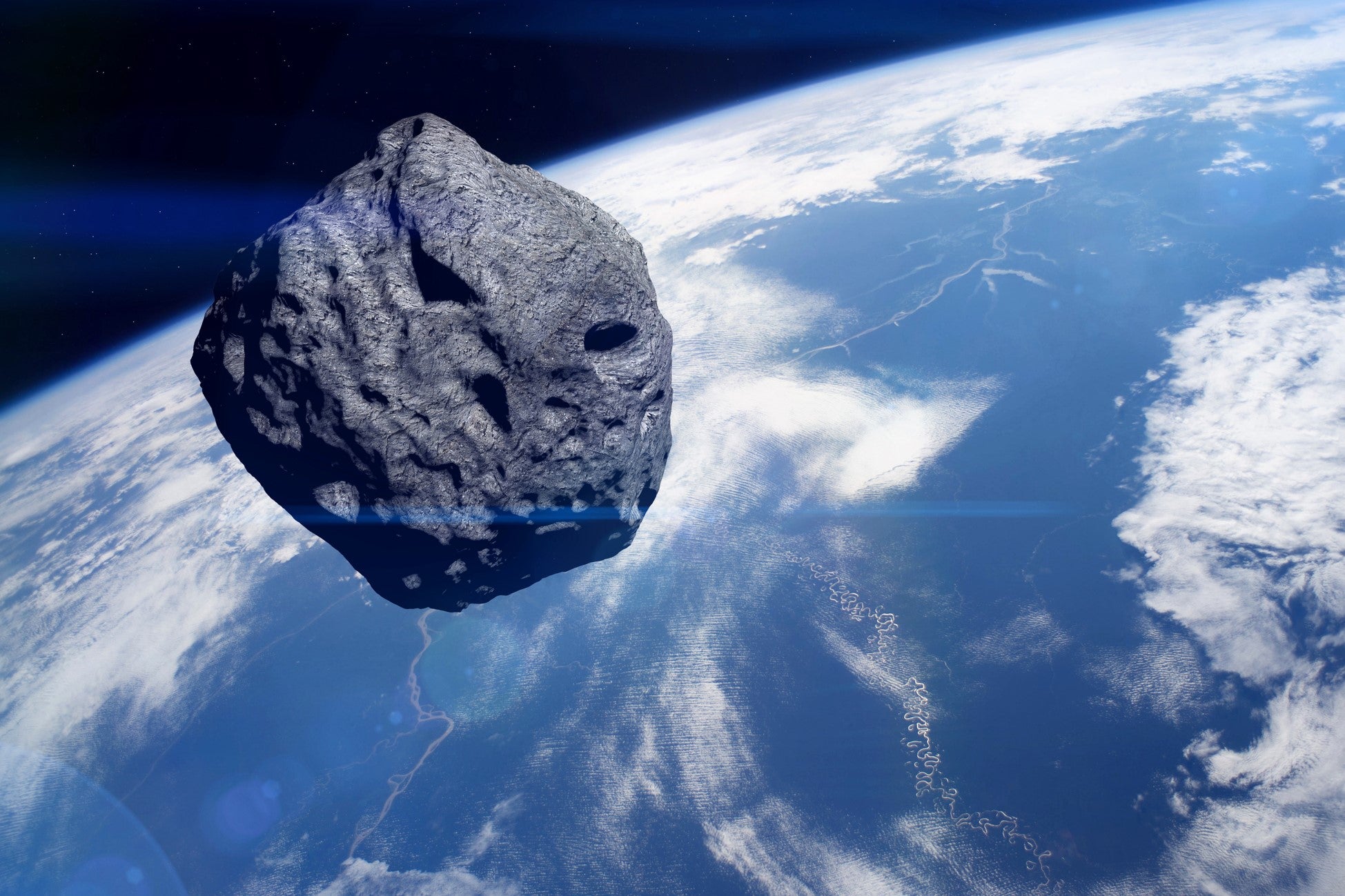
Earth to Gain a Brief Second Moon This Autumn: An Astounding Cosmic Event
Get ready for an incredible cosmic event this autumn! According to scientists, Earth is about to welcome a temporary second moon—a small asteroid that will be captured by our planet's gravitational pull. This mini-moon, designated as 2024 PT5, is expected to arrive on September 29 and will spend a couple of months orbiting Earth before escaping back into space. While this event sounds spectacular, unfortunately, the asteroid will be too small and dim to be seen with the naked eye. Only those equipped with professional telescopes will be able to catch a glimpse of this fascinating visitor.
The asteroid was first detected by NASA's Asteroid Terrestrial-Impact Last Alert System (ATLAS) on August 7. Following its discovery, scientists analyzed its trajectory in a study published in the Research Notes of the American Astronomical Society. Hailing from the Arjuna asteroid belt, 2024 PT5 is part of a group of rocks that orbit the Sun in a path similar to that of Earth. Occasionally, these asteroids approach our planet, coming as close as 2.8 million miles (4.5 million kilometers).
Also Read:- Putin Expands Nuclear Strategy Amid Ukraine Conflict
- Gigi Hadid Embraces Cashmere Blonde for Fall: A New Look for a New Season
Researchers explain that when an asteroid travels at a relatively slow speed—around 2,200 miles per hour (3,540 kilometers per hour)—Earth's gravitational field can effectively capture it. This is precisely what's going to happen this weekend. For about two months, this small asteroid will orbit our planet, before it continues on its path through the solar system. Dr. Jennifer Millard, an astronomer and host of the Awesome Astronomy podcast, shared insights on the BBC's Today programme, noting that while 2024 PT5 will not complete a full orbit, its trajectory will be slightly altered by Earth's gravitational influence before it departs on November 25.
At approximately 32 feet (10 meters) in length, 2024 PT5 is minuscule compared to our familiar moon, which has a diameter of about 3,474 kilometers. Because of its small size and its dull, rocky composition, it won't be visible to most people, even through binoculars or amateur telescopes. However, professional telescopes will capture its movements, and astronomy enthusiasts can look forward to seeing images of this tiny asteroid racing past the stars.
Interestingly, mini-moons have been observed before, and astronomers believe many more may go unnoticed as they pass close to Earth. Some of these asteroids even return for repeat visits; for example, the asteroid 2022 NX1 was captured as a mini-moon in 1981 and again in 2022. If you happen to miss seeing 2024 PT5 this time, there’s no need to worry; it’s predicted to return to Earth’s orbit in 2055.
This event underscores the dynamic nature of our solar system and the countless objects we have yet to discover. Dr. Millard emphasized the importance of continuously monitoring the night sky, noting that tens of thousands, if not hundreds of thousands, of objects remain undetected. The arrival of 2024 PT5 serves as a reminder of the rich and bustling environment of space, sparking curiosity about what else might be lurking in the cosmic expanse. As we gear up for this fleeting celestial visit, let’s embrace the wonder of our universe and all the mysteries it holds.
Read More:

0 Comments